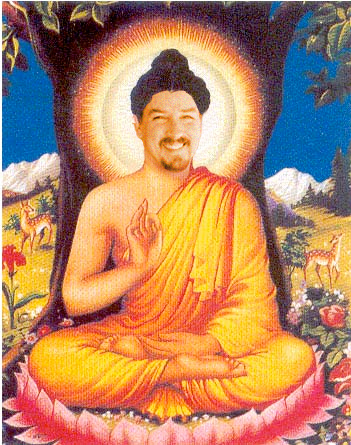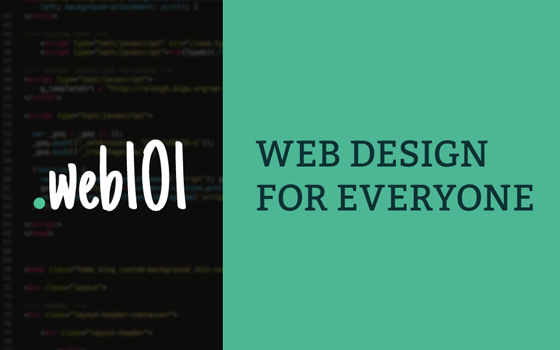One of the greatest gifts of maturity is learning how to say I Don’t Know.
Contrary to our expectations, the frequency with which we find ourselves saying these words increases as we age. But as we age we learn more things! you say. Yes. Sort of. But one of the “things” we learn is just how little we know about other things. We discover the tips of many icebergs, but time forces us to only plumb the depths of some. And that’s another truth that keeps us saying I Don’t Know — specialization. The time we spend developing deep knowledge in one area is time we don’t spend developing deep knowledge in another. So as we age, we exchange saying I Don’t Know less about one subject for saying it a whole lot more about everything else. The more you know, the less you know. It’s so weird.
So you can either say I Don’t Know often, or you can be a liar. Period.
Saying I Don’t Know isn’t the same as saying “I can’t know” or “I’m incompetent” or “I’m lazy” or “I’m stupid” or “You’ve made a mistake in hiring me.” See what I’m getting at? I know you’re afraid to say it. You’re afraid to say it because you think the person to whom you’re speaking will judge you or reject you or give up on you. You’re afraid of their expectations. You’re afraid you can’t meet them. But ask yourself this: Is it possible that you might be asked something for which you don’t have an answer? Probably. Does anyone really expect you to know everything? Probably not. Do you expect yourself to know enough to never have to say I Don’t Know again? I should hope not. Because that will never happen. Nobody graduates saying I Don’t Know.
The truth is that you’re scared to say it because you don’t know how to say it.
There is a way.

Steve Brock (pictured above in a goofy comp I made years ago to celebrate his zen) is a cofounder of Newfangled. He’s been doing design and development since it was possible for someone to do it and not be in a government lab or building Prodigy or something. A long time! He’s confident in what he’s doing. He’s very good at it. He knows a lot.
But my go-to phrase when doing a Steve Brock impression is I Don’t Know. He’s just got this way of saying it. It’s more like, I… don’t… know… He says it enough that these are the words that I can say convincingly enough in his way and our colleagues know who I’m aping. But make no mistake, it’s with reverence that I do. The fact that Steve says this so often not only speaks to his character — he’s honest and humble — but it also has this incredible reinforcing effect. Every time he says it, I think to myself, “Man, Steve is so confident and smart and authentic. I want to be like him.”
Why is it that when Steve says I Don’t Know, those around him admire and trust him more, but we think that when we say I Don’t Know, those around us won’t do the same?
It’s because of fear. Steve Brock doesn’t have it. We do.
You’ve no doubt heard that bees and dogs can smell fear. It turns out that this is somewhat true. When animals — ourselves included — are afraid, there are a variety of involuntary responses that kick in: An increase in heart rate, which releases glucose into the blood, which, in turn, is now flowing in greater amount to the brain and muscles, which quickens breath, which dilates pupils, which activates sweat glands to regulate temperature. Think about what that looks like. What that sounds like. What that smells like. If we’re paying attention, we, too, can “smell” fear, just like other animals can.
When it comes to fear, we have two options. We can first learn to accept fear and exercise techniques to regulate our body’s response to it. Anyone who has ever done any public speaking has learned this. But eventually, we can learn to change how we think about that thing that made us afraid in the first place. Anyone who has ever continued to do public speaking has learned this, too. If you do it enough, the individual value and pressure you put on a particular speaking engagement decreases, and so they simply become less scary. It becomes a practice, not a monumental event that you have one opportunity to conquer. You find yourself doing those breathing exercises you learned to calm your heart down far less.
The fear of speaking to a crowd is an especially big example that I think most people can relate to. But if you shrink that down, it looks just like the brief moment of fear we experience when we’re asked a question for which we really don’t have a good answer. We probably know that we don’t know even before the person asking has finished. Then we have to decide whether to bluff or admit that we don’t know. That’s where, even if we choose the honest answer, our fear can taint it such that all those things we were afraid might happen — that our client will doubt us or scoff at us — might indeed come true. Even over the tiny bandwidth of a telephone line, the slightest hesitation, or tremble in our disembodied voice can broadcast loud and clear to the person at the other end that we are indeed afraid. That kicks in a reasonable doubt on their part. Which is exactly what we want to avoid. I’ve learned to start regulating my breathing a few moments before taking a stage so that my heart doesn’t beat so loudly that its throbbing can be heard through the microphone clipped to my lapel. But I haven’t quite mastered keeping my voice from being a bit shaky when I’m nervous. I think that’s a bit more difficult. So we need to go for that second option, which is rethinking that thing that makes us afraid.
In this case, it’s back to the expectation we’re assuming we need to meet: that we should know the answer to the question, no matter what it is, right away. That not knowing makes us look stupid or weak. But none of that is true. Once we accept that, we can fully embody the role we are playing without fear of the unknown, but curiosity toward it — perhaps even excitement. Those things make I Don’t Know a bridge — a way forward — which is really all the person asking is looking for.
Some people, like Steve, can embed all of this into those three simple words without embellishment and their sincerity, humility, curiosity and stability resonate. The rest of us might need to explore some alternatives in order to get a bit more comfortable. I’ve found that answering a question for which I don’t have an answer in these ways has done just that:
“Boy, that’s a great question. I’m really not sure, but I’ll look into it.”
“I’m really glad you asked that.”
“Let me think about that for a bit and then get back to you.”
Each of those sentences indicates that yes, I’ve been asked questions before for which I haven’t had answers and I’m OK with that. I’m not afraid because I never expected to know everything in the first place. I don’t need to prove my intelligence to you. I’m confident in my capability to do what I’m supposed to do here. I’m glad to encounter the unknown.
You owe the people around you — whether client or colleague — your attention and effort, not immediate, encyclopedic knowledge. In fact, taking the time to think through an answer often honors the question far better than a snappy response. So don’t be afraid. Trust that your I Don’t Knows will build relationships, not break them.


